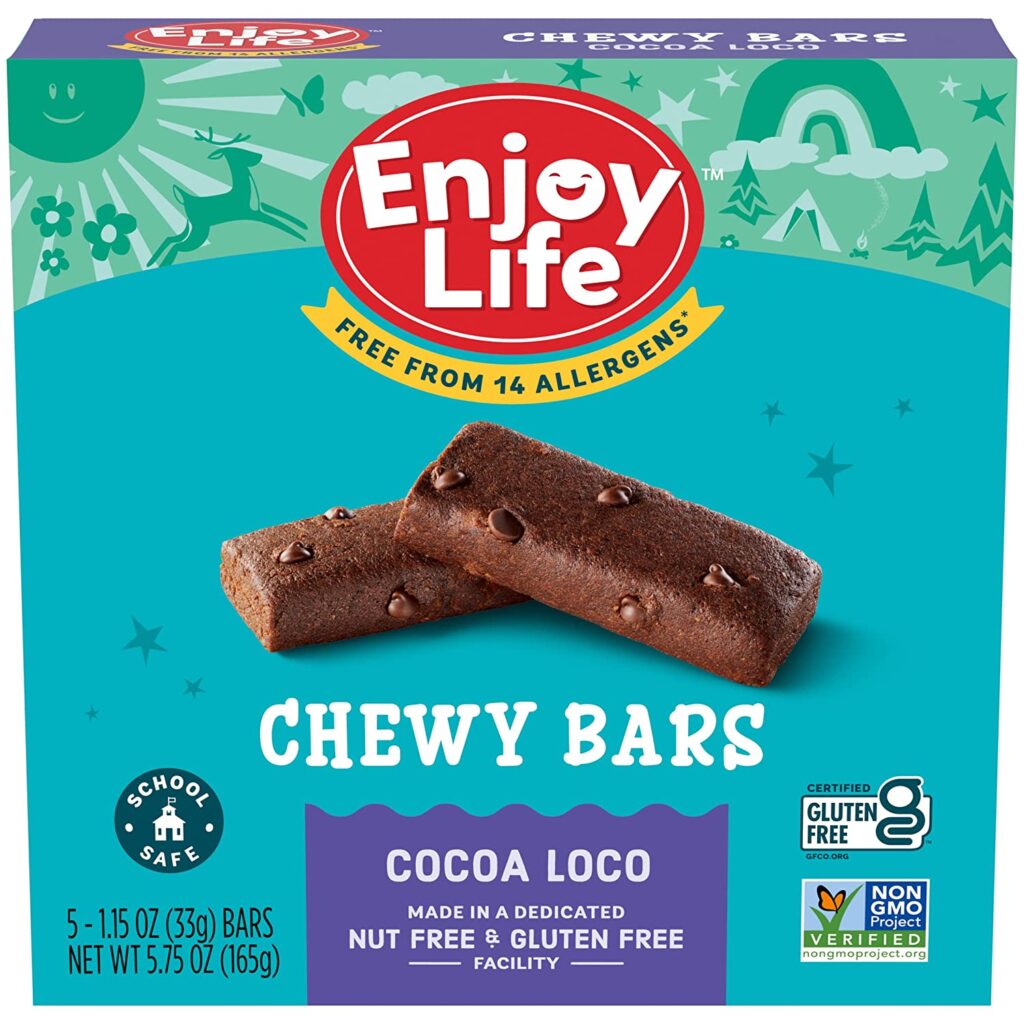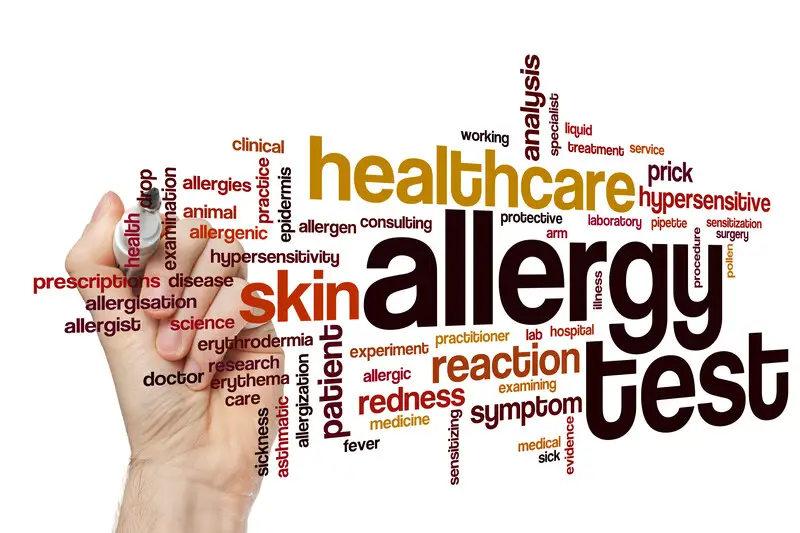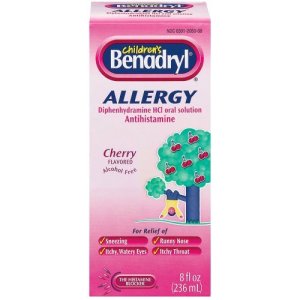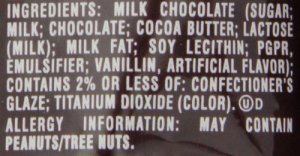Navigating Policies on Cruise Lines and Airlines in the United States
For those with a nut allergy, traveling can be a daunting experience. The fear of coming into contact with nuts, whether in the air or on land, can create a lot of anxiety. However, there are policies in place by major cruise lines and airlines in the United States that aim to accommodate individuals with nut allergies.
Cruise Lines
Cruise lines have recognized the importance of catering to those with nut allergies. As a result, they have implemented policies to ensure the safety of passengers with this condition. For instance, Royal Caribbean International has a nut allergy policy requiring guests to notify the ship’s medical staff before boarding. The ship’s medical staff will then work with the guest to develop a plan to avoid potential allergens while on board. The team will also ensure that all food and drinks served to guests are free of nuts or nut traces. I will follow up more on the Royal Carribean policy. We are planning to try them out for the first time this summer. They recommend you notify them of your dietary restrictions at least 45 days from departure. You can email them at special_needs@rccl.com. I can’t wait to see what happens!
***Update***
The Windjammer Cafe is Royal Caribbean’s inclusive buffet-style cafe. The individual items have a label, and they will note if they are gluten-free or contain nuts. I wasn’t comfortable with the dessert items because there were items with nuts next to those without. Many people grab any tongs available to them, so cross-contact with nuts is possible. But, there is a good selection of safe food items, and we had no issues in the cafe. I had to request GF bread during breakfast since there wasn’t any out. I could ask the staff about allergens while in line, and they were helpful. We notified the wait staff of our food allergies in the main dining room. They helped us choose safe menu items and provided alternatives. There are also some restaurants in the main shopping area of the ship. The cafe offered free pastries and regular coffee. There were several gluten-free items to choose from. We did not ask about the nuts at the cafe because the kids were not with us then. Something else to note is that Royal Carribbean also hosts completely gluten free sailings in partnership with Celiac Cruise.
Similarly, Carnival Cruise Line has a nut allergy policy requesting guests to inform the ship’s dining staff about their allergies. The dining staff will then work with the guest to create a personalized menu that caters to their dietary requirements. In some cases, Carnival may also request that guests with nut allergies dine at a separate table to minimize the risk of cross-contamination.
On the other hand, Norwegian Cruise Line has a policy that permits guests with nut allergies to bring their own food on board. However, guests must notify the cruise line and make arrangements with the ship’s medical staff. Norwegian also recommends that guests with nut allergies dine in the main dining rooms, as these venues have more control over food preparation and ingredient usage.
Margaritaville at Sea, which operates on select Norwegian Cruise Line ships, aims to create a relaxed and enjoyable atmosphere for guests. While they do not explicitly provide allergy policies on their website, passengers are encouraged to inform the cruise line about their allergies during the booking process. The onboard dining staff will do their best to accommodate specific dietary needs and provide alternatives whenever possible.
Overall, the policies of cruise lines in the United States differ in their approach to accommodating those with nut allergies. However, they all prioritize the safety and well-being of their guests.
Airlines
Like cruise lines, airlines in the United States have also recognized the importance of catering to those with nut allergies. However, their policies differ from those of cruise lines.
Delta Air Lines has a nut allergy policy stating they will not serve peanuts on their flights. They also request that other passengers refrain from consuming peanuts or peanut products on board. Delta also offers a special meal free from nuts and nut products for passengers with nut allergies. However, they do warn that they cannot guarantee a nut-free environment due to the potential for cross-contamination. We’ve flown Delta many times and didn’t always notify them of the food allergies. They didn’t serve any peanuts on any of our flights. We brought wipes and wiped down the handles and tray table. We also brought our own snacks on board in case the snacks contained any nuts. We were given Biscoff cookies which were safe for the kids.
United Airlines has a similar policy, which requests that passengers refrain from consuming peanuts on board. They also offer special meals free from nuts and nut products for passengers with nut allergies. However, United also warns that they cannot guarantee a nut-free environment due to the potential for cross-contamination. Special meals to accommodate specific dietary restrictions are also available through United’s Special Meals department.
On the other hand, American Airlines‘ policy is slightly different. They state that they will not serve peanuts on board if a passenger has informed them of their nut allergy. However, passengers may still serve peanuts on board if they do not notify the airline. Additionally, American offers special meals free from nuts and nut products for passengers with nut allergies.
While Spirit Airlines doesn’t serve complimentary snacks or meals on their flights, passengers are welcome to bring their own food. It’s essential to review their guidelines regarding any food restrictions. Please note: They sell peanuts onboard. However, Spirit Airlines will offer buffer zones for passengers with severe allergies.
Hawaiian Airlines strives to meet the needs of all passengers. They refrain from serving peanuts as a snack, but other nut products may be present onboard. If a passenger has a severe peanut or nut allergy, Hawaiian Airlines will not make an announcement or create a buffer zone. Passengers with severe allergies are encouraged to bring their own food onboard.
Alaska Airlines is committed to providing a safe and comfortable flying experience for passengers with peanut allergies. For those with severe peanut allergies, Alaska Airlines allows pre-boarding and provides the option to wipe down seating areas. The first class meals may contain nuts and they cannot guarantee a nut-free flight.
Frontier Airlines does not provide complimentary snacks or meals on their flights, allowing passengers to bring their own food. However, it’s important to review Frontier’s guidelines for any restrictions. Unfortunately, Frontier Airlines does not offer specific accommodations for food allergies or buffer zones for passengers with severe allergies.
Southwest Airlines understands the concerns of passengers with peanut or nut allergies. They have stopped serving peanuts onboard but may still serve other products that may contain nuts. However, it’s important to note that Southwest does not provide special dietary meals.
It is important to note that these policies may not apply to all flights. For example, some airlines may not have a nut-free policy on regional or smaller flights. Passengers must inform the airline of their allergies and request a special meal before their flight.
In conclusion, traveling with a nut allergy can be stressful and anxiety-inducing. However, major cruise lines and airlines in the United States have implemented policies to accommodate those with this condition. While the policies of cruise lines and airlines differ in their approach, they all prioritize the safety and well-being of their guests. Passengers with nut allergies must inform the cruise line or airline of their allergies and make necessary arrangements to ensure a safe and comfortable travel experience.
It is also crucial for individuals with nut allergies to take extra precautions when traveling. This may include carrying an epinephrine auto-injector, researching the destination’s food options, and communicating their allergy to restaurants and hotels. Individuals with nut allergies can enjoy a stress-free travel experience by being proactive and prepared.
Furthermore, it is worth noting that the policies of cruise lines and airlines are constantly evolving. Individuals with nut allergies must stay up-to-date with any changes to their preferred cruise line or airline policies. This can be done by checking the company’s website or contacting its customer service department.
In addition to the policies of cruise lines and airlines, some organizations can assist individuals with nut allergies in their travel planning. The Food Allergy Research & Education (FARE) organization provides a comprehensive guide for traveling with food allergies, including information on airlines and cruise lines. The organization also offers resources for individuals with food allergies, including support groups and advocacy efforts.
In conclusion, traveling with a nut allergy can be challenging, but it is not impossible. Major cruise lines and airlines in the United States have implemented policies to accommodate individuals with this condition. Individuals with nut allergies can enjoy a safe and comfortable travel experience by being proactive, informed, and prepared. It is vital to stay up-to-date with policies and resources related to nut allergies and always to communicate any dietary restrictions or allergies to travel providers in advance.







